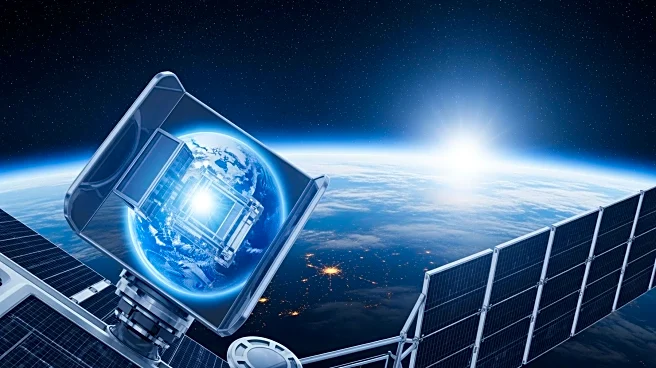What's Happening?
Landsat satellites are playing a crucial role in monitoring global land use changes, which are essential for sustainable management as the Earth's population grows. With humans using 80% of Earth's land surface,
including 40% converted to agriculture, the need for extensive land use has increased. This has led to environmental degradation, affecting the planet's capacity to sustain food, fiber production, and fresh water supply. Landsat's moderate-resolution Earth-observing satellites offer critical capabilities to observe land use and land cover changes across various scales. These observations are vital for researchers and managers working across wide geographical areas, providing data that informs decisions in many disciplines.
Why It's Important?
The importance of Landsat satellites lies in their ability to provide repetitive and synoptic observations of the Earth, which are otherwise unavailable. As the global population is projected to reach nearly 10 billion by 2050, sustainable land management becomes increasingly critical. Landsat data supports informed decision-making in agriculture, urban planning, and environmental conservation, helping to mitigate the impacts of land use on the planet's ecosystems. This technology is essential for addressing challenges related to food security, resource management, and climate change, ensuring that the growing population can be fed and sheltered without further degrading the environment.












